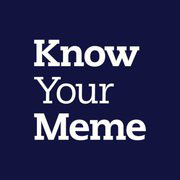Quake
Submission 19,937
Part of a series on id Software. [View Related Entries]

| Navigation |
| About • History • Reception • Online Presence and Fandom • Impact and Related Memes • Search Interest • External References • Recent Images • Recent Videos |
About
Quake is a first-person shooter franchise initially developed by video game company id Software and published by GT Interactive. The first game in the series was released originally for MS-DOS in 1996, but would eventually be ported to a number of systems and platforms, including Steam, Mac OS, Sega Saturn, Nintendo 64, and Linux. The game would see a number of sequels and spin-offs since its release.
Gameplay
In the first game's single player campaign, players must fight their way through maze-like levels while encountering various monsters and using a plethora of weapons to eliminate them in order to obtain a magic rune that, when all 4 are collected, can open the gateway to the final boss, Shub-Niggurath. In the online multiplayer mode, players can choose to play the single player campaign with friends in co-op mode, or go head-to-head and compete against each other in arena deathmatch in a number of maps available to choose from the game.
History
Quake was originally teased in Commander Keen in Invasion of the Vorticons, one of id Software's first games in the early 90s under the name "The Fight for Justice", which would feature a character by the name of Quake, "the strongest, most dangerous person on the continent", who fights for Justice, an organization devoted to eliminating evil from the land. Conceived as a side-scrolling RPG, "The Fight for Justice" would never come to fruition.[1]
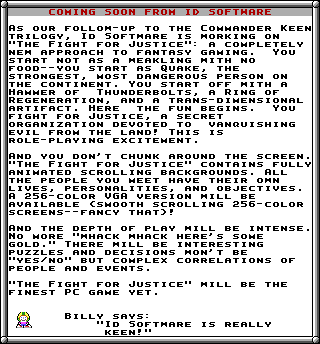
The title would eventually be used for id's next project after Doom II: Hell on Earth, depicting Quake as a Thor-like hero, wielding a large hammer to fight enemies. Bringing on level designer American McGee, who would later go on to develop games like Alice and its sequel Alice: Madness Returns, and Sandy Petersen, who would later join Ensemble Studios and would work on games like Age of Empires, the team would at first begin to develop the RPG they envisioned but using a new engine developed by John Carmack that would utilize fully 3D rendered environments and polygonal models. However, this took longer than expected.



Eventually due to time constraints, the original idea for an RPG would eventually be replaced by the idea of a 3D first person shooter similar to that of Doom, with Trent Reznor and his band, industrial group Nine Inch Nails, eventually joining on to compose the music for the game. After compromises and a large amount of time constraints, the game was released on June 22, 1996 for MS-DOS. The game would later be ported to other systems such as the Playstation, Nintendo 64, and Sega Saturn. The game would also receive two expansion packs, Quake Mission Pack No. 1: Scourge of Armagon developed by Hipnotic Interactive and released on February 28, 1997, and Quake Mission Pack No. 2: Dissolution of Eternity, developed by Rogue Entertainment and released on March 31, 1997.
Sequels
Quake would eventually be followed up by a sequel, Quake II, developed by id Software and published by Activision. The game was released for Microsoft Windows on December 9, 1997, with ports for Mac OS, Nintendo 64, PlayStation, Steam, and Linux following its initial release. The game would also feature a sci-fi storyline involving the stopping of an alien invasion against an extra-terrestrial race known as the Strogg by launching a counter attack on the Strogg's home planet. Quake II would eventually receive two expansion packs, Quake II Mission Pack: The Reckoning developed by Xatrix Entertainment and released on May 31, 1998, and Quake II Mission Pack: Ground Zero developed by Rogue Entertainment and released on August 31, 1998.

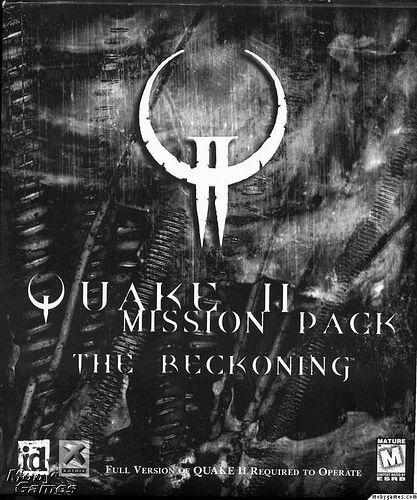
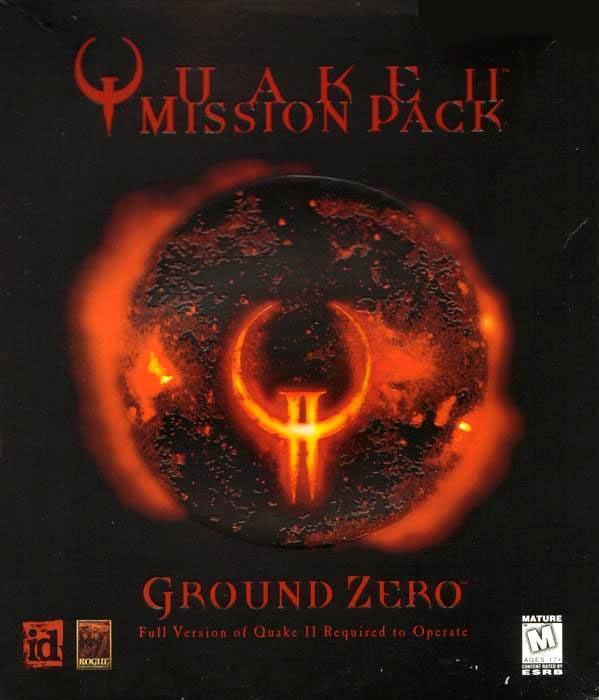
On December 2, 1999, the muliplayer-focused Quake III Arena was released. also developed by id Software and published by Activision for Windows, with ports developed for Linux, Mac OS, Dreamcast, Playstation 2, and Xbox following. Putting an emphasis on multiplayer play, the game features game modes like Capture the Flag, Deathmatch, and 1v1 Tournament. An expansion pack, Quake III: Team Arena was released with new content, and would later be bundled with the Quake III Arena base game in Quake III Gold. The game would also be updated to create Quake Live, an online first person shooter released on August 6, 2010, originally free to play before becoming a stand alone title in 2014.
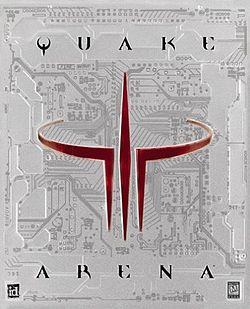
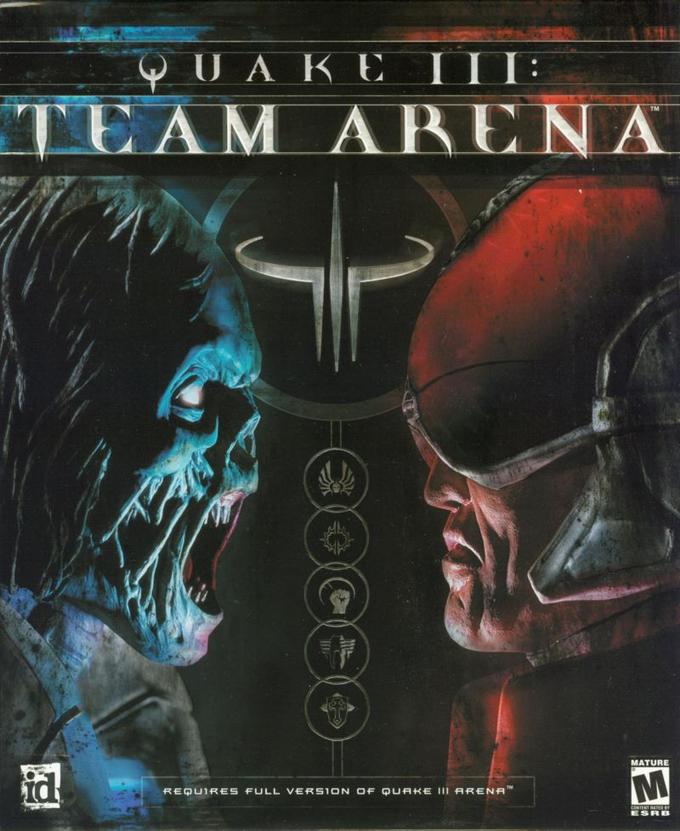


October 18, 2005 would see the release of Quake 4, this time developed by Raven Software and originally published by Activision for Windows, with ports for OS X, Linux and Xbox 360 following shortly. It is a follow-up to Quake II, with more of a focus on the singleplayer campaign, though a multiplayer mode exists. A prequel to Quake II was also released titled Enemy Territory: Quake Wars on September 28, 2007 developed by Splash Damage and published by Activision, acting as a commercial follow-up to the previously released multiplayer shooter Wolfenstein: Enemy Territory.


On June 12th, 2016, Quake Champions, the first main entry in the series since Quake 4, was announced at Bethesda's 2016 E3 conference, alongside a trailer for the game. It will be developed by id Software and be published by Bethesda Softworks.
Reception
The game has received positive reviews. According to video games review aggregator site Metacritic, Quake has an average score of 94 for the PC version as of July 1st, 2016.[2] The following games of the saga also got positive reception.
| Game | Platform | Metascore |
| Quake | MS-DOS, AmigaOS, Mac OS, Sega Saturn, Nintendo 64, Linux, Microsoft Windows, Zeebo | 94[2] |
| Quake II | Microsoft Windows, AmigaOS, Mac OS, Nintendo 64, PlayStation, Linux, Xbox 360, Zeebo, Dreamcast | - |
| Quake III Arena | Microsoft Windows, Linux, Mac OS, Dreamcast, PlayStation 2, Xbox 360, iOS | - |
| Quake 4 | Microsoft Windows, Linux, Xbox 360, OS X | 81[4] |
| Enemy Territory: Quake Wars | Windows, Linux, Mac OS X, PlayStation 3, Xbox 360 | 84[5] |
Online Presence and Fandom
Since the release of the first Quake, the games have garnered a large modding community. Mods that added new game modes such as Capture the Flag (shown below, left), to complete overhauls, such as Quake Rally (shown below, right) were developed. There also exist online forums and IRC channels for discussion of the game, such as QuakeNet, an IRC network originally made for QuakeWorld players created in 1997. A subreddit for Quake was created on May 29, 2009.[6] Dedicated wikis for the game also exist, one of which has over 1300 pages since its creation on March 16, 2006.[7] Social media accounts created for Quake Live and Quake Champions also exist, with Quake Live's Twitter totaling at over 29000 followers[8] while Quake Champions' Twitter has over 2500 followers[9] as of July 11, 2016. The Facebook page for Quake Live currently has over 104000 likes[10] while Quake Champions' Facebook page has over 3000 likes[11] as of July 11, 2016.
Fanart

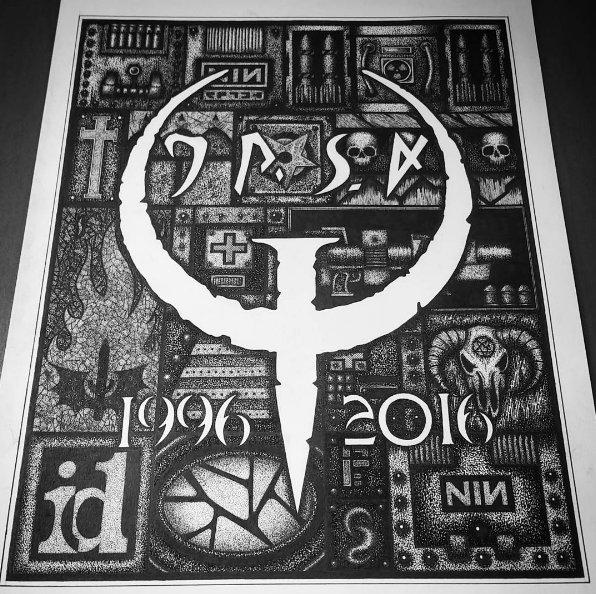

Impact and Related Memes
Machinima
Quake is considered one of the games primarily responsible for the rise of machinima, or machine cinema, through Quake's ability to save replays as demos. The demos, also called "Quake movies" showcased the ability to craft a story through regular gameplay, the game engine and the use of in-game assets. One of the first Quake movies to showcase this is "Diary of a Camper" by United Ranger Films, an off shoot of the gaming clan The Rangers, released in 1996. (shown below)
QuakeCon
QuakeCon is a yearly gaming convention held by ZeniMax Media to promote various franchises from Zenimax Media's studios, along with franchises from id Software, such as Doom and Quake. Often described as the "Woodstock of Gaming,"[3] the event started in August 1996 at the Best Western hotel in Garland, Texas from a group of friends on the IRC channel #quake on the EFNet IRC network.

Search Interest
External References
Share Pin










